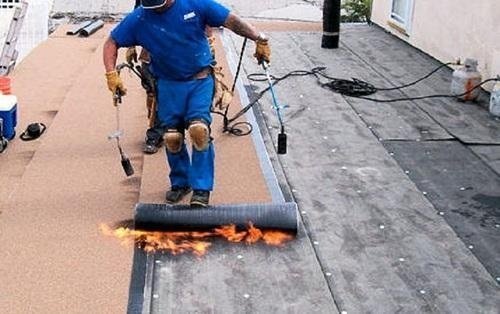APP Membrane Waterproofing

Key Benefits of Membrane Waterproofing
Waterproofing: The primary purpose of membrane waterproofing is to prevent water from seeping into the building. By forming a continuous and impermeable barrier, it keeps your structure dry and safe.
Durability: High-quality waterproofing membranes are built to withstand the test of time. They are designed to endure harsh weather conditions and UV exposure, providing long-lasting protection.
Cost-Effective: While membrane waterproofing might require an initial investment, it is a cost-effective solution in the long run. It can significantly reduce maintenance and repair expenses related to water damage.
Versatility: Membrane waterproofing is suitable for a wide range of applications, including flat and sloped roofs, underground structures, balconies, and more. It can be customized to meet specific project requirements.
Seamless Application: Properly installed membrane systems create a seamless and continuous barrier, eliminating the risk of leakage through seams or joints.
